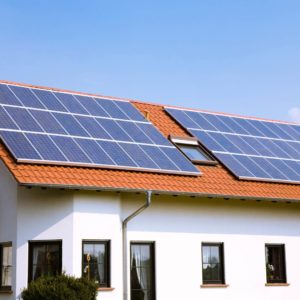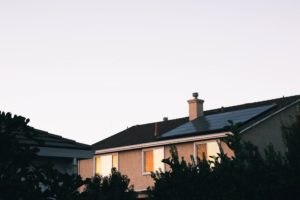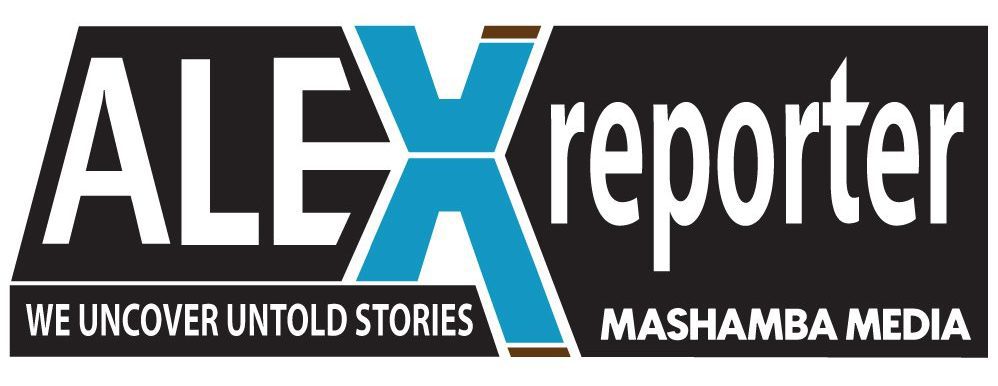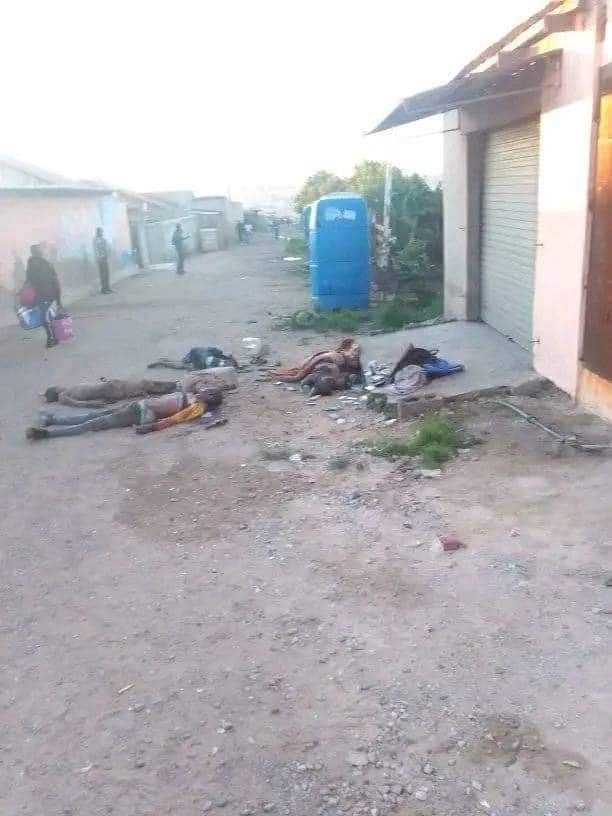OPINION PIECE:
By Rein Snoeck Henkemans, CEO of Alumo Energ
As South Africans contemplate the outrageous possibility of electricity tariff hikes totalling up to 36.15% from the beginning of April next year, it’s becoming increasingly clear that the future of affordable, reliable energy is shifting towards self-reliance.
While this accelerated interest and growth towards renewable energy solutions is encouraging, it also means the oversupply stock of panels, inverters, and batteries that almost crippled the industry, is flying off the shelves. Coupled with the prospect of new and pricier products projected for early 2025, the ideal time for South Africans and business looking to buy solar and backup power products at the lowest possible prices, is right now. And within the next few months.
There is no denying that hybrid solutions with some dependency on Eskom’s’ national grid, remain the most economically viable solutions for cash strapped consumers, with immediate relief to the pocket.
Solar remains best for buck

The numbers tell a grim story. South Africa’s price index for household electricity rose 350% above headline CPI, by mid-2024, making it unaffordable for consumers, who are already grappling with a myriad of deteriorating economic conditions. By contrast, hybrid solar solutions are proving a significantly more affordable investment, as a scalable alternative to grid reliance.
Consider that in 2014, an Eskom direct home power 1 customer using an average of 800 kilowatt-hours (kWh) of electricity each month would have would have spent a total of R1,055.40. Today, they would be spending R2,948.98 – nearly triple the amount, or a rise of 179.42%. By comparison, consider that inflation over the same decade totalled some 67.8% only, pointing to the huge disparity between the pace of electricity price increases and other prices.
Then, from April 2025, following the additional 36.15% tariff increase, this same customer would be spending approximately R4,015.04 each month, illustrating the growing financial strain on households caused by skyrocketing energy bills. Yet, Eskom’s escalating electricity tariffs are a direct consequence of the state utility’s struggle to maintain its aging infrastructure, service debt, and meet operational demand – a situation that is unlikely to change for the foreseeable future.
Hedging household energy risks

This situation represents a looming crisis for homeowners and families already battling escalating living costs and a challenging economic environment. Additionally, while it has been over 160 days since loadshedding, the reality is that the state utility’s financial situation is precarious and the risk of unplanned outages very real, meaning that the threat of future blackouts remains.
Against this backdrop, the case for installing solar power systems has never been stronger, as hybrid solar systems have become a practical, long-term investment that could relieve the growing burden of electricity bills. Professionally installed hybrid systems are specifically designed to maximise solar energy use and efficiency while keeping a grid connection as a back-up, dramatically reducing electricity costs – especially as energy prices continue to climb.
However, the cost of going completely off-grid can be prohibitively expensive, requiring substantial investment in solar panels and battery storage to ensure sufficient power availability at all times.
These systems are also becoming more affordable and attainable for the average homeowner. With the recent interest rate cut by the South African Reserve Bank (SARB), which saw the repo rate reduced by 25 basis points to 8%, borrowing costs have significantly decreased. For homeowners opting for financing solutions such as loans or rent-to-own models offered by companies like Alumo Energy to purchase solar systems, the lower interest rate translates to reduced monthly repayments, allowing more households to invest in solar energy without straining their budgets.
By spreading the upfront costs over time, hybrid solar solutions have become accessible to a broader market. As such, they have become an increasingly attractive investment for households looking to future-proof their energy needs.
The question remains when, not if consumers should reduce their grid-dependency and defect to a solar system. With the relentless rise in energy costs, embracing hybrid solar systems is no longer a matter of choice, but an essential step toward financial relief and energy independence in an uncertain future.
Great news for consumer, but bad news for Eskom, as it loses its viability to cover operating costs, and effect much-needed infrastructure upgrades.





